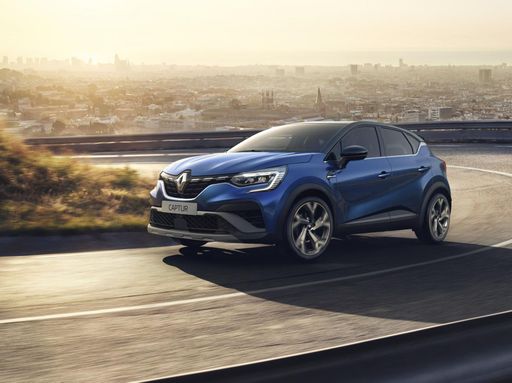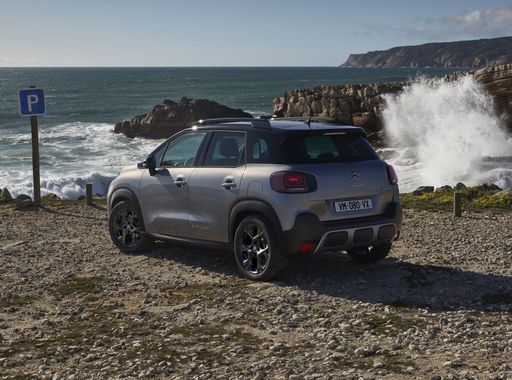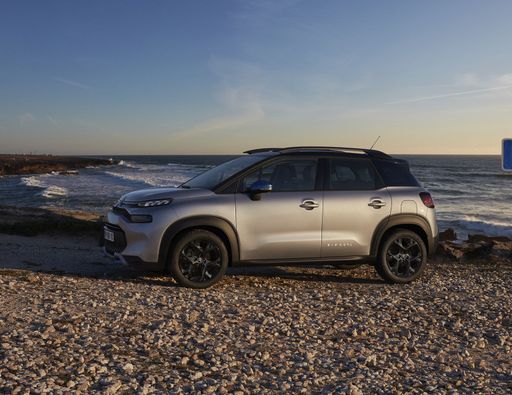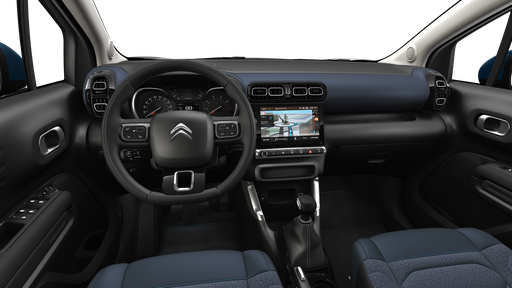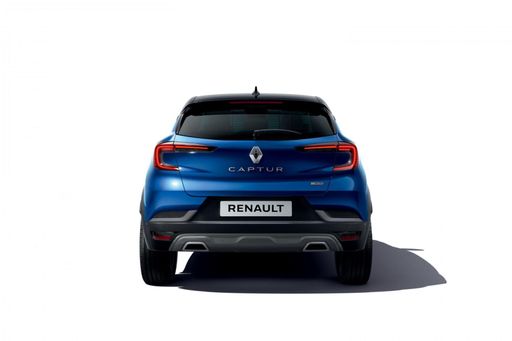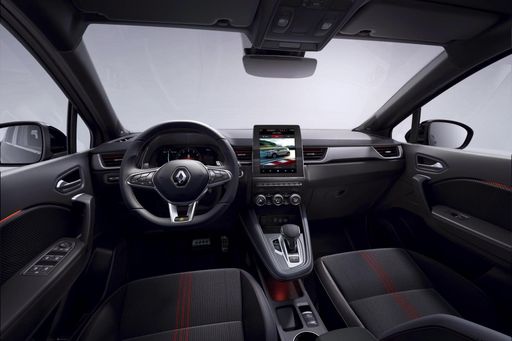Engine and Performance:
Power, torque and acceleration say a lot about how a car feels on the road. This is where you see which model delivers more driving dynamics.
When it comes to engine power, the Citroen C3 Aircross has a barely noticeable edge – offering 145 HP compared to 143 HP. That’s roughly 2 HP more horsepower.
In acceleration from 0 to 100 km/h, the Renault Captur is evident quicker – completing the sprint in 8.90 s, while the Citroen C3 Aircross takes 12.30 s. That’s about 3.40 s faster.
In terms of top speed, the Citroen C3 Aircross performs slightly better – reaching 201 km/h, while the Renault Captur tops out at 180 km/h. The difference is around 21 km/h.
There’s also a difference in torque: Renault Captur pulls to a small extent stronger with 265 Nm compared to 230 Nm. That’s about 35 Nm difference.

